When it comes to Thai cuisine, the first dish that comes to mind is Tom Yum Kung. Its unique aroma and soup, which perfectly blend sourness, spiciness, and umami, will blow you away. Loved by foodies around the world, it is also gaining popularity in Japanese restaurants and homes.
This page introduces the appeal and history of Tom Yam Kung, as well as some interesting facts and how to make it.
What is Tom Yam Kung?
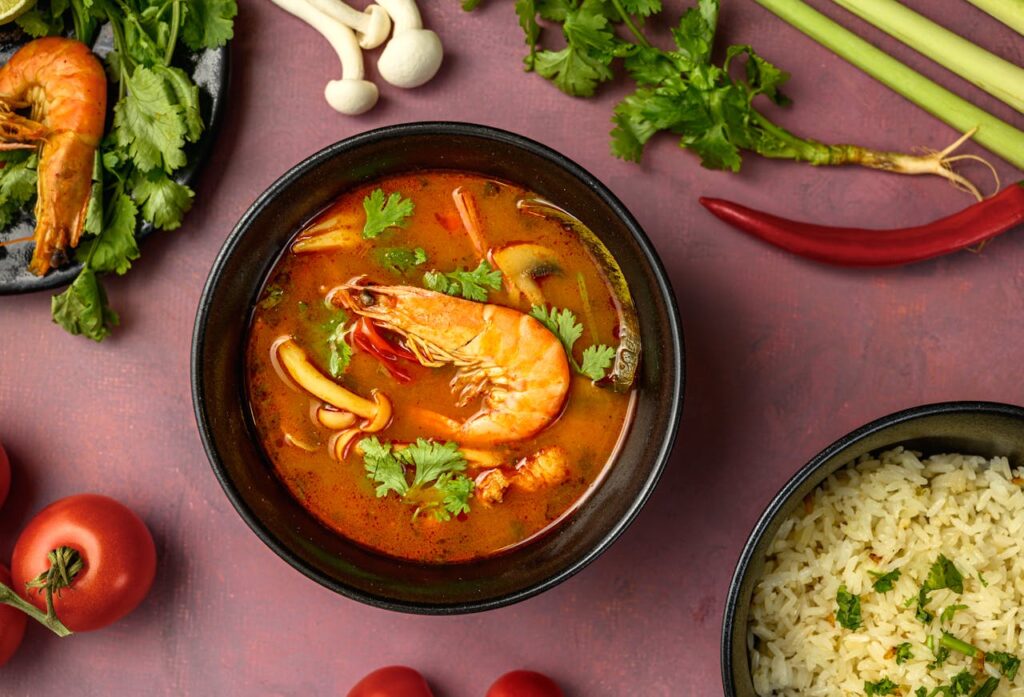
Tom Yam Kung is a soup dish representative of Thailand, with “tom” meaning “to boil,” “yam” meaning “to mix,” and ‘kung’ meaning “shrimp.”
As the name suggests, this soup is sour and spicy, made with shrimp and generously seasoned with Southeast Asian spices and herbs such as lemongrass, kaffir lime leaves, galangal (Thai ginger), chili, and nam pla (fish sauce).
Its distinctive feature is its flavor. The sour, spicy, salty, and umami flavors blend together in a perfect balance, creating a taste that evokes the spirit of Thailand with just one bite. It is popular in Asian restaurants around the world and is widely enjoyed in Japan as well.
TasteTune「Tom Yam Kung」
Hey everyone, have you heard tastetune's song “Tom Yam Kung”?
The core of tastetune lies in sharing recipes as music to help more people discover and become familiar with them.
Here, we introduce the thoughts, expressions, and ingenuity embodied in this music.
The sound that embodies the soul of Thailand
Traditional Thai instruments fill this piece—the bright xylophone tones, deep gongs, soft flutes, and haunting bamboo harps blend to evoke the authentic atmosphere of Thailand, from lively markets to quiet temples
Expressing layers of flavor through sound
The piece begins quietly, evoking the morning market's bustle and temple bells, gradually building in liveliness. This musically expresses the flavors of Tom Yum Kung. The sharp spiciness of chili peppers is rendered through a piercing rhythm, the tang of lime and lemon through a light flute melody, and the warmth of shrimp broth through deep, resonant tones. Listening allows you to sense the complex, intertwining flavors of Tom Yum Kung.
Exotic and mysterious atmosphere
This entire piece carries an exotic and somewhat mystical atmosphere. Its gentle rhythm evokes the pleasant feeling of mealtime, while the soft layering of sounds adds depth. It's not merely music inspired by cuisine; it's crafted to convey the culture and spirituality of Thailand.
Tom Yum Kung for the ears
This song delivers an experience that lets you savor Tom Yum Kung with all five senses, not just your ears. Close your eyes, and you'll feel the bustling energy of a Thai market and see the steaming broth's fragrant mist rise before you. Through sound, you'll experience the full charm of Tom Yum Kung. Immerse yourself in this world of “Tom Yum Kung” and enjoy it to your heart's content.
The History of Tom Yam Kung
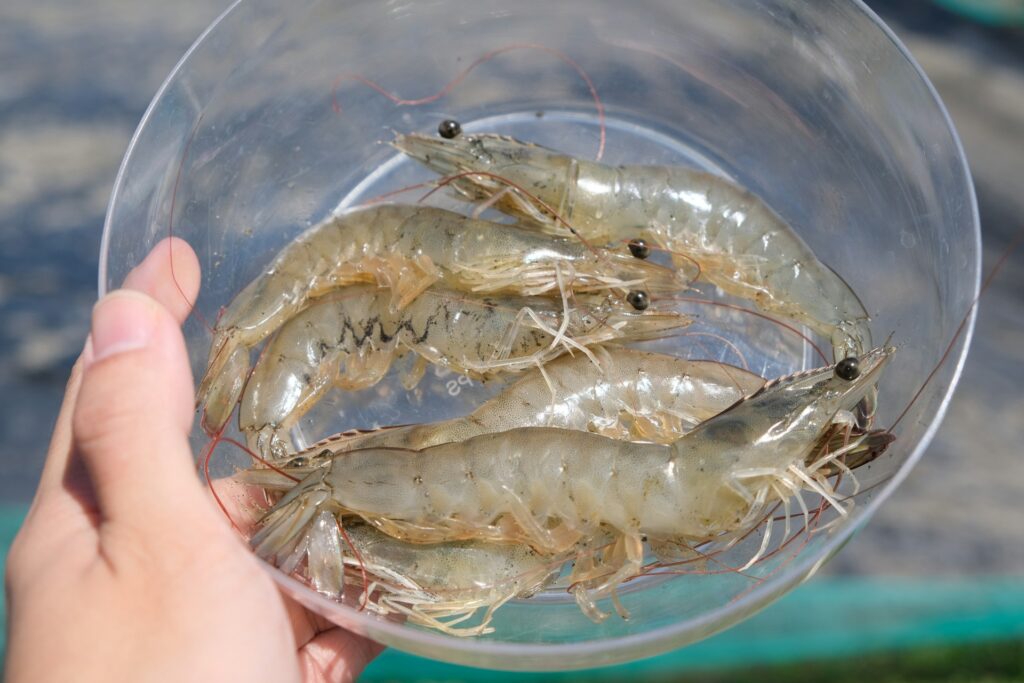
Tom Yam Kung is said to have originated in central Thailand, particularly in the Chao Phraya River basin. This region has long been rich in freshwater seafood, and there were many dishes made with river shrimp.
This gave rise to a cooking method called “tom yam,” which involves simmering ingredients with spices and herbs.
The use of lemongrass and nam pla (fish sauce) as they are today is said to have begun around the end of the Ayutthaya Dynasty in the 18th century, and they became so popular that they were even incorporated into court cuisine.
Since the 1980s, it has become known overseas thanks to Thailand's tourism boom and wave of internationalization. In 2001, the Thai government promoted it as a symbol of Thai culture to the world as part of its “Tom Yam Kung Diplomacy.”
Interesting stories and trivia about Tom Yam Kung
1. Tom Yam Kung Crisis
The Asian currency crisis that originated in Thailand in 1997 is also known as the “Tom Yam Kung crisis” in economic terms. This is a metaphorical use of the name of Thailand's representative dish, “Tom Yam Kung,” as a symbol of the financial crisis that spread in a chain reaction throughout Southeast Asian countries.
At that time, the Thai baht plummeted due to speculative selling, causing economic turmoil throughout Asia. In Japan, too, there were repercussions such as the collapse of financial institutions, and the magnitude of the impact is reflected in this unique name.
The name is somewhat ironic, as the dish's characteristic spiciness and heat are juxtaposed with the economic turmoil.
2. There are two types of Tom Yam Kung
Did you know that there are two types of Tom Yam Kung: Nam Sai (clear soup) and Nam Kon (creamy coconut soup)?
- Tom Yam Nam Sai (ต้มยำกุ้งน้ำใส)
Made in the traditional style, it is prepared with chicken bones and shrimp broth, along with lemongrass, galangal, and nam pla. The soup is clear, with a distinctive sour and spicy flavor and a rich herbal aroma. This is the most common type of soup in Thailand.
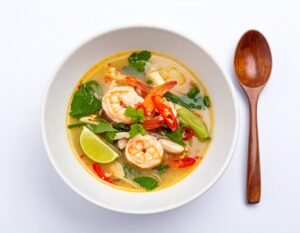
- Tom Yam Nam Kon (ต้มยำกุ้งน้ำข้น)
This style has become popular in recent years, with coconut milk or evaporated milk added to the soup to give it a creamy flavor. It has a slightly orange color and a mellow, rich flavor, and is particularly popular among foreign tourists.
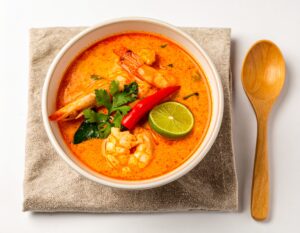
When travelers order Tom Yam Kung, they are surprised to find that there are two types available depending on their preferences. It is a good idea to let them know your preferences in advance.
3. Could it be nominated as an intangible cultural heritage by UNESCO?
The Thai government is promoting Thai cuisine as a whole for registration as anIntangible Cultural Heritage by UNESCO.Among them, Tom Yam Kung is considered one of the most important dishes.
In 2020, the Thai government began preparations to apply to UNESCO with the aim of “preserving the country's identity and passing on its traditions through Thai cuisine.” Along with pad thai and som tam,Tom Yam Kung is internationally recognized as a representative symbol of Thai cuisine.
Tom Yum Kung is becoming more than just a recipe; it is gaining value as a cultural heritage.
For this reason, cooking education for children and activities to preserve local food culture are also being carried out in Thailand.
4. Can Tom Yam Kung be considered “medicinal cuisine”? The secret to its health benefits
Tom Yam Kung actually containsmany ingredients that are good for your health,and in Southeast Asia it is sometimes referred to as "medicine you can eat."
- lemongrass:It regulates the stomach and intestines, aids digestion, and its aromatic components have a relaxing effect.
- galangal(Thai ginger):It has anti-inflammatory and antibacterial properties and has been used since ancient times to prevent colds.
- chili pepper:It boosts metabolism, promotes fat burning, and is also effective in combating sensitivity to cold.
- lime and kaffir lime leaves:Rich in vitamin C, it helps improve skin condition and boost immunity.
These spices and herbs are related to traditional Thai medicine, which takes a different approach from Western medicine. “Delicious and good for your health”—that is one of the reasons why tom yam kung has been loved for so long.
How to make Tom Yam Kung (creamy type)
Authentic Tom Yam Kung, which makes use of the aromas of spices and herbs, is surprisingly easy to make as long as you have the ingredients. Here, we will introduce how to make the “Nam Kong” type with coconut milk, which is popular among tourists.
Ingredients (for 2 people)
- Shrimp (with shells, deveined): 6 pieces
- Mushrooms: 4-5 (sliced)
- Water: 600 ml
- Lemongrass: 2 stalks (diagonally sliced)
- Galangal (thinly sliced ginger can be substituted): 4-5 slices
- Kaffir lime leaves (if available): 2 leaves
- Nam pla: 1½ tablespoons
- Lime juice: 2 tablespoons
- Chili paste (nam prik pao): 2 teaspoons
- Coconut milk: 100 ml
- Red pepper flakes: 1-2 tablespoons (to taste)
How to make them
①:Prepare the shrimp
First, make a cut in the back of the shrimp without removing the shell, and remove the intestinal tract.
For those with heads, gently press them to prevent the miso inside from escaping, which will give the soup a deeper flavor.
The shrimp shells also produce a good broth, so simmer them as well.
②:Making the flavored soup
Next, pour water (600 ml) into a pot and place it over medium heat.
When it comes to a boil, add lemongrass, galangal, and kaffir lime leaves.
Boil these herbs for 2-3 minutes to bring out their aroma.
*After cutting lemongrass, it is recommended to lightly pound it to bring out its aroma.
③:Add shrimp and mushrooms.
When the aroma rises, add the prepared shrimp. When the color turns red, add the sliced mushrooms.
Keep the heat at medium and simmer until the shrimp are cooked through (about 3-4 minutes).
④:Add seasoning
Once the shrimp and mushrooms are cooked, add nam pla, lime juice, and nam prik pao to adjust the flavor. If it's not spicy enough, add crushed red pepper flakes at this point.
It is recommended to adjust the balance of spiciness, sourness, and saltiness while tasting.
⑤:Add coconut milk for the finishing touch.
Finally, add coconut milk and gently mix everything together. Bring to a boil and it's done.
*Be careful not to boil it too much, as it will separate if overcooked.
Plating and key points
Pour into a bowl and add cilantro and lime slices to taste for an authentic look and aroma. The distinctive flavor goes well with white rice or Thai sticky rice.
Summary
Tom Yam Kung is a dish brimming with charm, packed with Thai culture and culinary traditions. With its historical background, diverse variations, and health benefits, it has fans all over the world.
Why not try experiencing its aroma and taste at home? It is sure to instantly add an ethnic touch to your dining table.
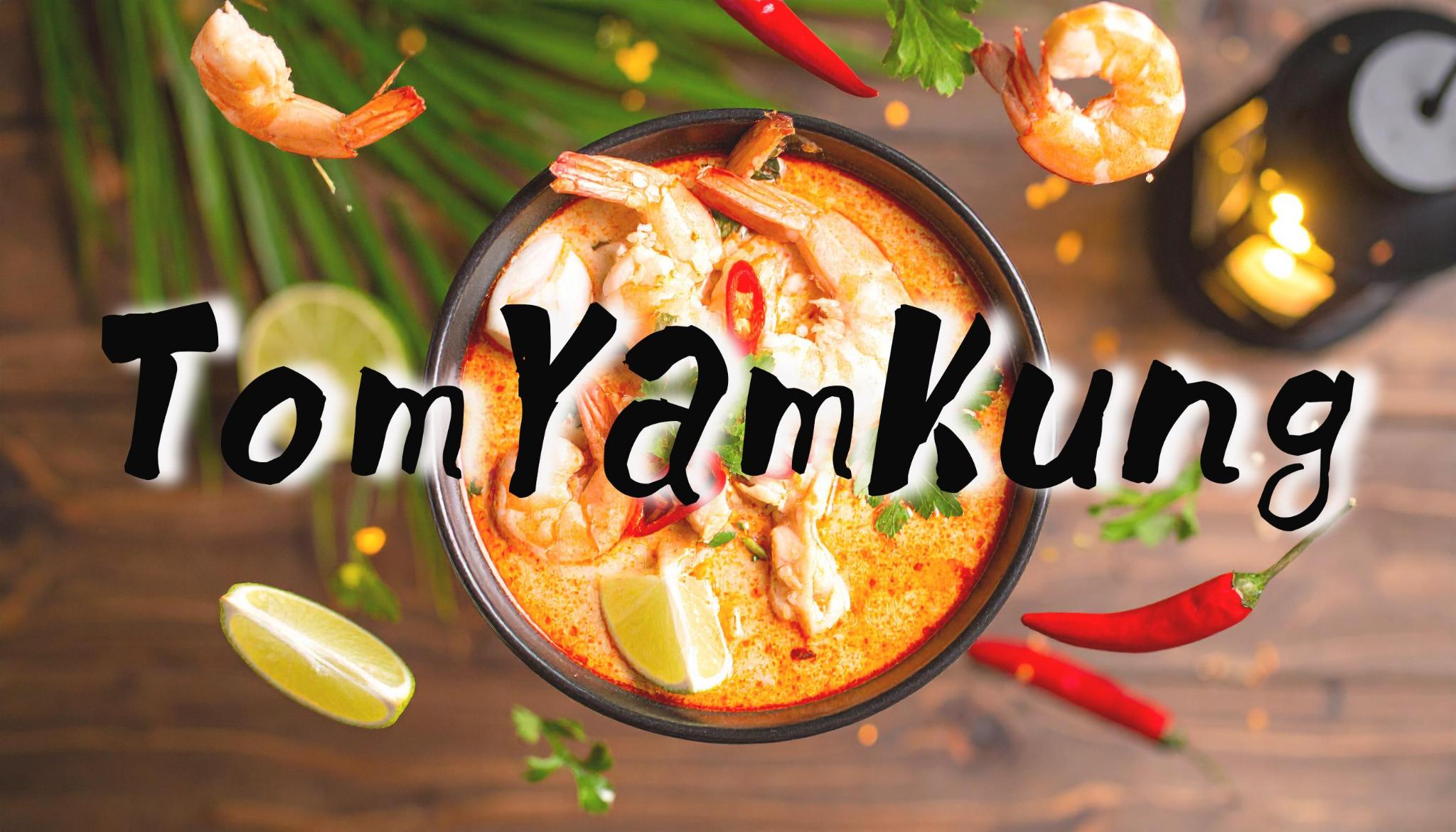
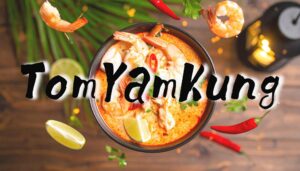
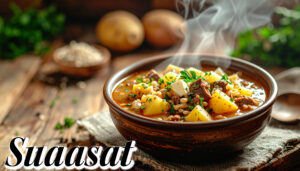

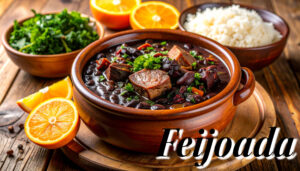

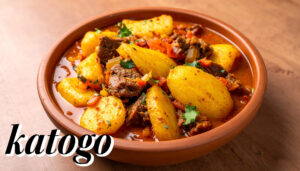
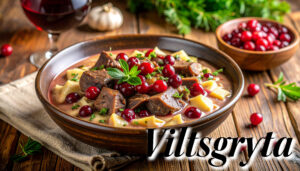

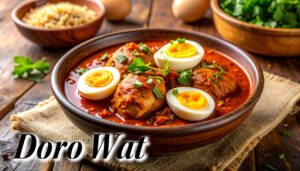
Comments
List of comments (1)
失敗談も参考になる。